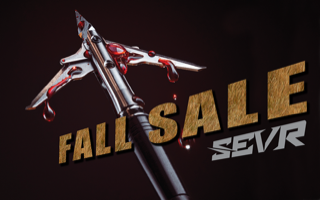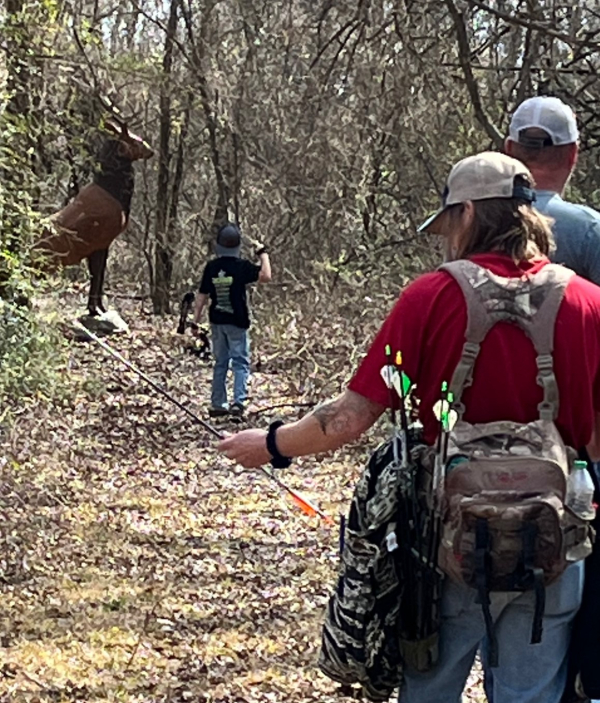New Program Honors Former Executive Director Kevin Hisey
August 9th, 2022 – Pope and Young, America’s leading bowhunting conservation organization is excited to announce the development of the Kevin Hisey Youth Program. These programs are designed to increase opportunities for youth within Pope and Young and their conservation efforts focused on preserving, promoting, and protecting the sport of bowhunting.
Pope & Young is dedicated to promoting the sport of bowhunting with today’s youth through outreach programs, the Junior Outdoors Program, and the Youth Bowhunting Awards. The goal of all these initiatives is to expose young hunters to the joys of fair chase bowhunting, with the hope of creating bowhunters for life.
The Kevin Hisey Youth Program is named in honor of Kevin Hisey a highly respected employee of Pope & Young since 1992, and former Executive Director for 15 years, the longest tenure in that role in Pope & Young’s history. Kevin who had an unapparelled passion for bowhunting and youth participation passed away in 2015.
“Kevin was a passionate bowhunter and conservationist, dedicated to preserving the history and heritage of bowhunting, and promoting the ethics of fair chase,” stated Kurt Ebers, President of Pope & Young. “He was an Official Measurer, Senior Member of the Pope & Young Club, and was always involved in the organization’s youth activities, and we couldn’t be prouder to name the Youth Program in his honor.”
The newly developed Junior Outdoors Program is possible through partnerships with private donors, and awards big game hunts, and other prize packages to Pope & Young Youth members on an annual basis.
Like their adult counterparts, Pope & Young Youth members are eligible for their own awards program via the Youth Bowhunting Awards. Three bowhunting awards were created specifically for Youth members, First Harvest, Youth Big 3 and Small Game Slam.
“There are tons of reasons why a youth hunter should join the Pope & Young, and be active,” said Ricky Krueger, Pope & Young Youth Director. “They’ll be in great company to advance their bowhunting skills and interact with other youth bowhunters from all over North America.”
For more information about the Pope & Young Youth Programs, please visit the below pages: Membership information or sign up, Junior Outdoors Program, or Youth Bowhunting Awards. Read more











